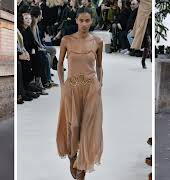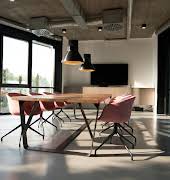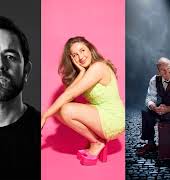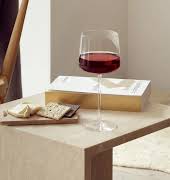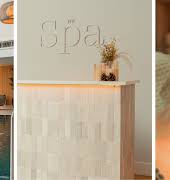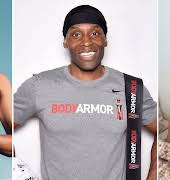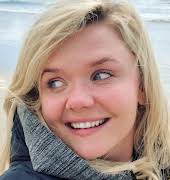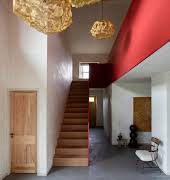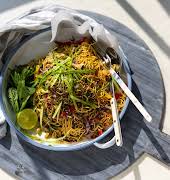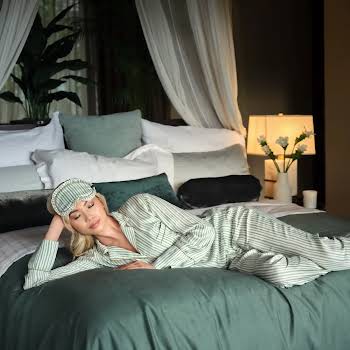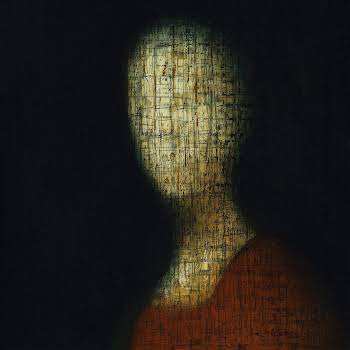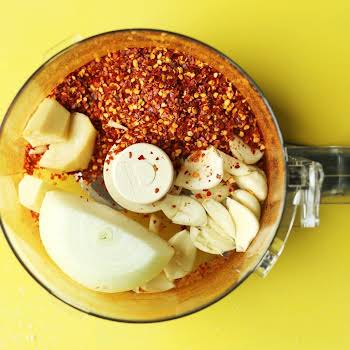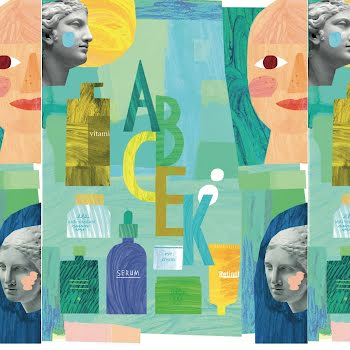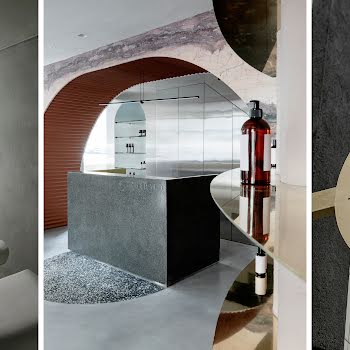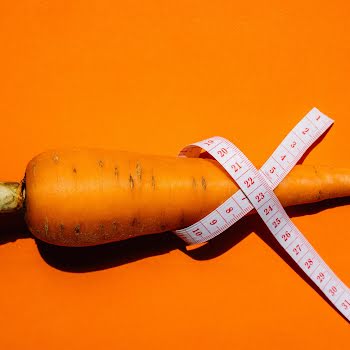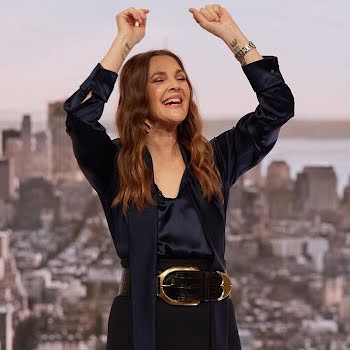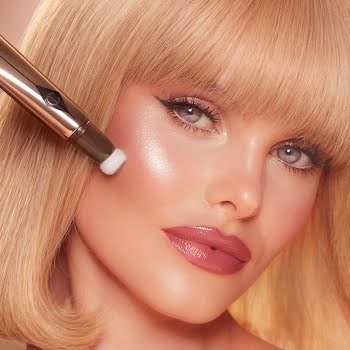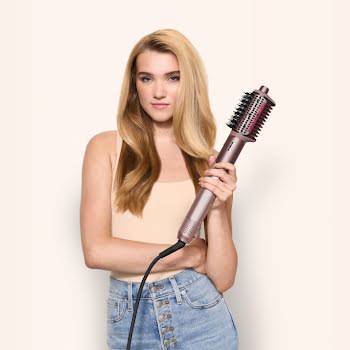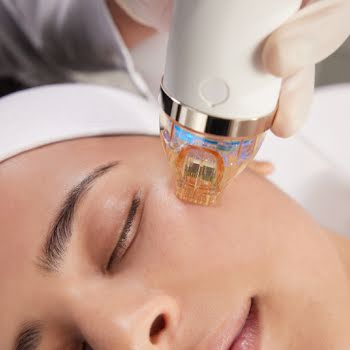
Sponsored
‘I had zero confidence and thought I was ugly so I decided to create my own version of beautiful’
Sponsored By

By Rosie McMeel
17th Jul 2019
17th Jul 2019
Sponsored By

Kerry Cunningham has become accustomed to snap judgments based on her looks. Despite her “tough” exterior, she is a kind, caring and compassionate woman who works with children and adults with autism.
“In the beginning, it was a shield. I was an angsty teenager announcing to the world that I’d look how I want, but then I realised the world doesn’t care, so I started doing it for me. I want people to know they don’t have to subscribe to traditional beauty standards.”
What does beauty mean to you?
Everyone’s version is different, but for me, it’s what’s inside. Even if someone is conventionally beautiful, if I see they do something horrible, they become instantly unattractive to me. I try to be compassionate and nice. When I was younger, I thought I was ugly and too fat. I had a deviated septum and thought my face was gross. I was unhappy with my looks as early as age 10.
How has your perception of beauty changed?
I guess lots of people end up feeling unhappy with their looks due to the images they’re shown or societal attitudes. When I went to art college, I spent a lot of time doing self-portraiture.
I creatively tried to make my own version of beautiful. It was about taking the power back over my body. I dyed my hair and turned myself into something I really like. I love looking in the mirror every day and seeing my blue hair.
I see it as enhancing my natural beauty.
A lot of people look at me and say ‘you would be so much prettier if you had natural hair or took those things out of your face’. I’ve never aspired to be ladylike, but that’s the prejudice I encounter regularly. That’s the lighter end of the scale too. More often people assume I’m going to be rude or horrible and they are rude and horrible to me in anticipation.
I get that a lot, particularly from older generations. In Dublin, things are improving – it’s becoming more diverse and accepting. With the rise of the LGBT community, everyone is coming out of their shells a bit more.

Photography by Barry McCall
When did you start creating your own version of beautiful?
The first time I dyed my hair I was 12. My mam wouldn’t let me do anything mad, but I used a wash-in colour and I was hooked. When I was 16, I bleached my hair and dyed it pink, which wasn’t a great colour on me, but I don’t think I’ve had my natural colour since then. A couple of times I shaved half my head, and would dye the other half black.
The modifications I’ve made are a large part of my identity, and therefore a large part of what makes me beautiful. I don’t think I ever wanted to blend in, even when I disliked myself. I went to the other extreme. When I was about 20, I thought I should stop doing it and dyed my hair brown and took out my piercings, but I felt so different.
It had grown into being a part of me and without it, there was something missing. Even though part of me wanted to be accepted, I did it because I felt I should, but soon realised it wasn’t me. I even asked my mum recently if I should go back to brown and she said no because I’d lose my spark. I guess all the people around me are used to me being a bit visually eccentric.
When have you felt at your most beautiful?
When I freshly dye my hair or get a new tattoo. It makes me feel like I have superpowers. It makes me feel good about myself. I’m an artist at heart and the one thing I own in this world is my body so I want to decorate that.

Are your tattoos symbolic?
At the start they were, but now I just get things I like. When I was younger I was in hospital for a while and my friend gave me a card that had flowers drawn on it, and I used to doodle it for years. When I was older I decided to get the doodle tattooed on my left shoulder. It reminds me of someone caring for me.
Do you feel pressure to conform?
I’m the same as everyone else and when I see an ad on TV and everyone is gorgeous and typically conventional, it makes me think if I should just give in and have brown hair? But I know I wouldn’t be happy.
It would be fake beauty instead of the real me. I’ve only become like this in the last five years. Before that, I was the same as everyone else and felt the pressure. With campaigns like Dove’s, it’s great to see bigger people, curvier models, gender-fluid people, all sorts of everything, all being themselves.
Do you believe beauty is limitless?
Yes. I believe beauty is in the eye of the beholder. One can create whatever beauty they want. There is no one set way to be beautiful. To me, having blue hair makes me feel more beautiful and empowered. If other people feel more empowered with brown hair then I fully support them.
How do the snap judgements based on your looks make you feel?
When I was younger, they would hurt. But it was strange, it made me stronger to become the person I wanted to be, to help others change their prejudice rather than change myself to suit their prejudice. It made me more determined to open the door for other people.
What is your approach to ageing?
I don’t think about it too much. My mum is 52 and has just gone grey. For years she didn’t know if she could, but because I was doing my own thing with all those mad colours, she realised she could go grey. We inspire each other now.
As leading advocates for real beauty with a rich history diversifying the images of women portrayed in commercial media, Dove’s latest campaign is an empowering call to shatter unrealistic beauty standards. IMAGE recruited a group of women from different walks of life as part of Dove’s project #ShowUs which is doing the important work of filling the gaps between how beauty has been depicted for generations. With the goal of true inclusivity in mind, we can finally begin to expand society’s definition of beauty.

